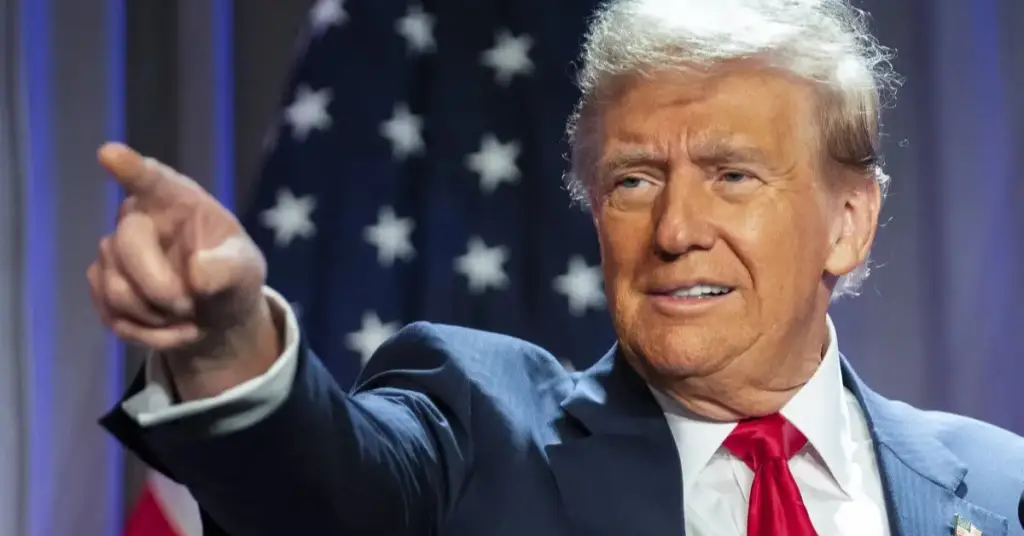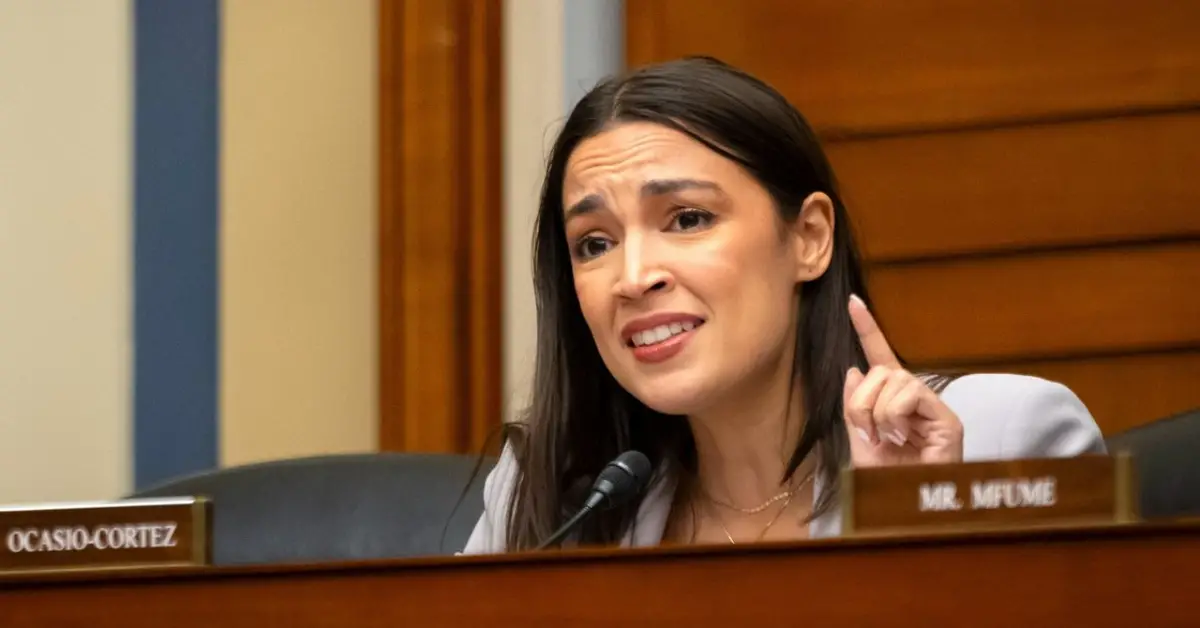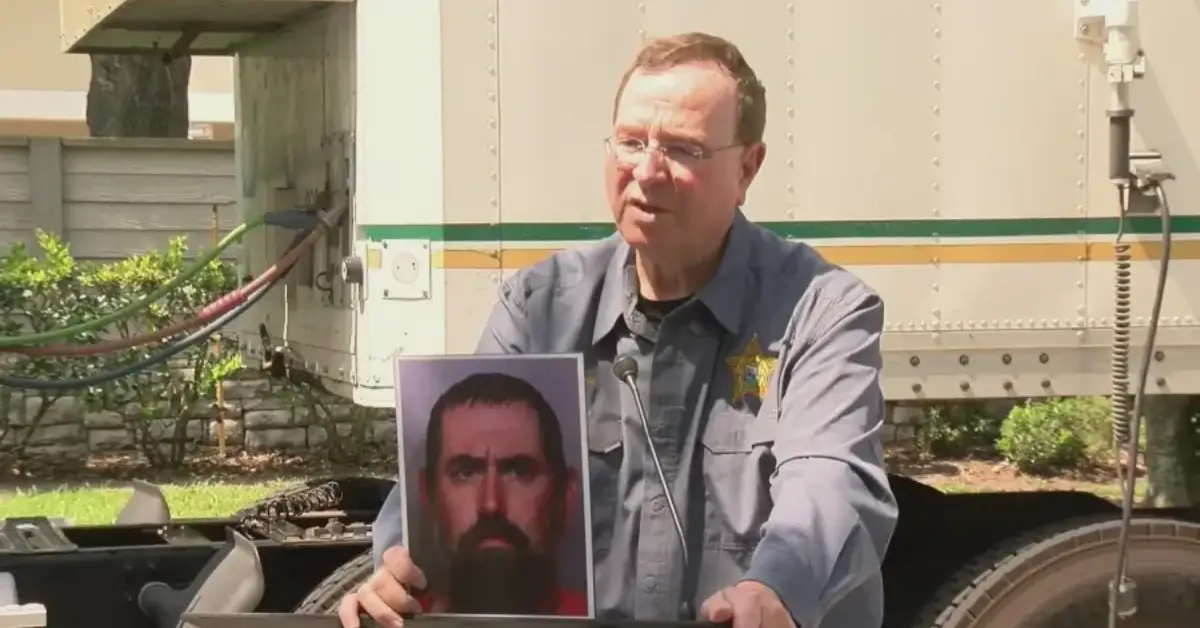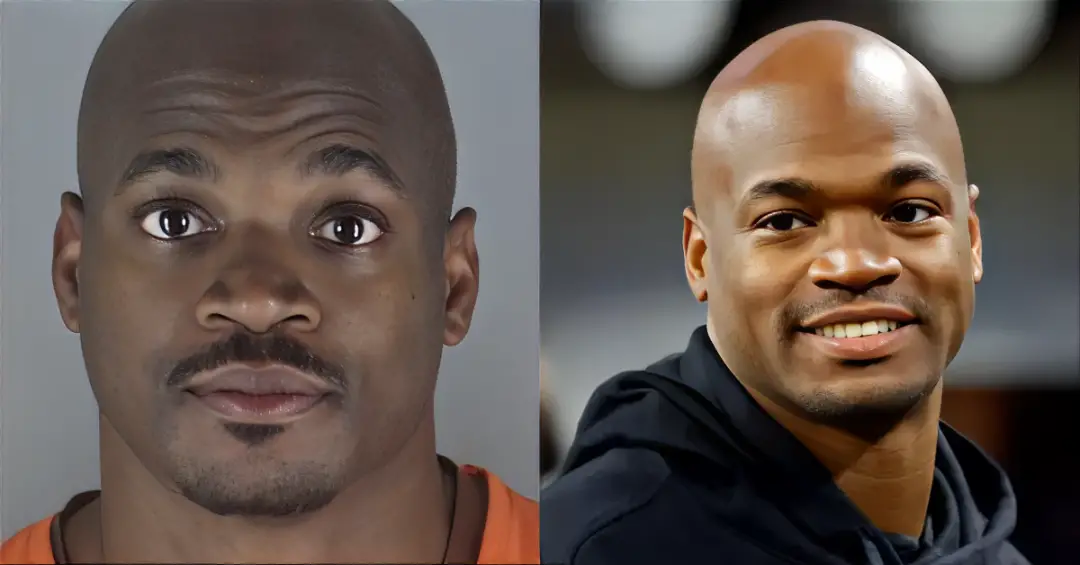Daylight Saving Time (DST) has long been a part of our lives, and it’s a topic that tends to spark debates every year. As the clocks “spring forward” each spring and “fall back” in the autumn, many people question if it’s still worth the effort. With changes in policy and shifting views, there has been much discussion about whether DST should continue in its current form. President Donald Trump even weighed in on the topic, suggesting that it might be time to end the practice of changing the clocks twice a year.
What is Daylight Saving Time (DST)?
Daylight Saving Time is the practice of moving the clocks forward by one hour during the warmer months (typically from spring to fall) to make better use of daylight in the evening. The idea behind it is to reduce energy consumption, allowing people to use natural light later into the day, especially when the days are longer. In most parts of the United States, people “spring forward” on the second Sunday of March and “fall back” on the first Sunday of November.
The Debate Over DST: Should We Keep Changing the Clocks?
Over the years, DST has faced a fair amount of criticism. Some people find the clock changes disruptive, causing sleep problems and confusion. Others argue that it doesn’t really save much energy anymore, as modern technology and lifestyle habits have changed the way we use electricity.
In fact, studies have shown that the energy savings from DST are minimal, and some even suggest that it might cause more harm than good by increasing the risk of heart attacks and accidents due to the disruption in people’s routines.
As people debate whether DST still serves its purpose, there are increasing calls to end the practice. Some states have already moved to stop changing the clocks, and several politicians have backed efforts to make DST permanent.
President Trump’s View on Daylight Saving Time
In 2019, President Donald Trump made headlines by suggesting that the U.S. should consider making Daylight Saving Time permanent. During a tweet, he stated, “I’m in favor of Daylight Saving Time, making it permanent, and I don’t see why we still need to change the clocks every year.”
Trump’s comments sparked a discussion on whether it was time to end the biannual clock change. While some were in favor of keeping DST year-round, others worried that it might cause negative effects, particularly during the winter months when people could experience darker mornings.
Some states, such as Florida and California, have proposed legislation to make DST permanent, but changes like these would require action from the federal government to ensure consistency across the country. The challenge lies in balancing the benefits of more daylight in the evening with the drawbacks of darker mornings.
Why Some States Want to Make DST Permanent
Many states, including Florida, are interested in making Daylight Saving Time permanent. They argue that the extended evening daylight is beneficial for outdoor activities, tourism, and local businesses. Longer evenings can also boost the economy by encouraging people to stay out longer and spend more time outdoors. Ending the biannual clock change is seen as a way to provide more stability in people’s schedules, particularly for those who find the time shift challenging.

Florida, in particular, has pushed hard for the permanent adoption of DST. In 2018, Florida passed a law called the “Sunshine Protection Act,” which would make DST year-round, but it still needs approval from Congress to go into effect. Supporters of this law believe that it will improve the quality of life and provide more daylight for after-work activities.
What Happens Next?
As the debate continues, it’s clear that many people are ready to end the clock-changing routine. While President Trump’s statements have brought more attention to the issue, the decision to permanently switch to DST or abolish it entirely lies with lawmakers and the federal government.
At the moment, it seems unlikely that a nationwide ban on DST or an automatic shift to permanent DST will happen anytime soon. The process requires careful consideration of the potential benefits and drawbacks, including the impact on different regions of the country. Some areas, particularly those in the northern parts of the U.S., may struggle with the darker mornings if DST is made permanent.
Conclusion
As we continue to debate whether Daylight Saving Time should be ended, the future of the time change remains uncertain. Whether we continue “springing forward” and “falling back” or move towards a permanent shift in time, the conversation is far from over. Only time will tell if President Trump’s suggestion of a permanent Daylight Saving Time will gain enough traction to become a reality. Until then, we’ll keep adjusting our clocks and debating the merits of this long-standing practice.
Disclaimer: This article has been meticulously fact-checked by our team to ensure accuracy and uphold transparency. We strive to deliver trustworthy and dependable content to our readers.
Jon King is an experienced journalist with 3 years of experience in the field. With a strong background in investigative reporting, Jon is known for his in-depth coverage of crime news, finance news, local news, and USA news. Currently working with Mikeandjonpodcast, Jon brings his sharp investigative skills, where he provides timely updates and analysis on a wide range of topics. His commitment to delivering accurate and impactful news has earned him a reputation for providing insightful and comprehensive stories that resonate with his audience.







